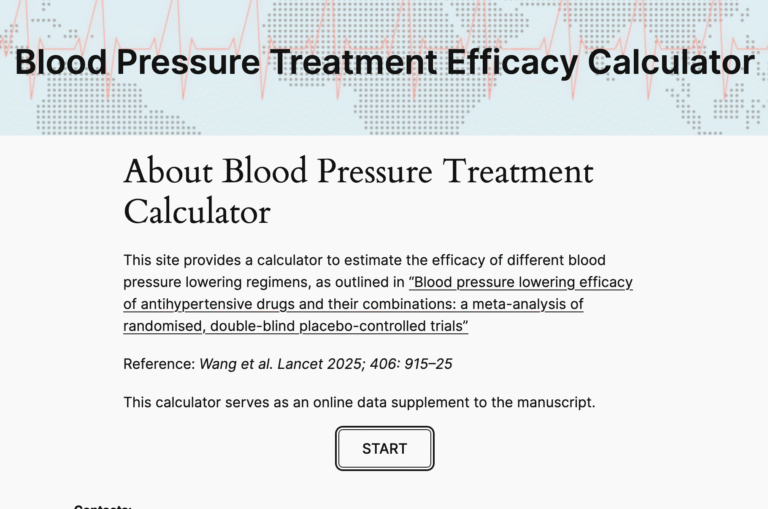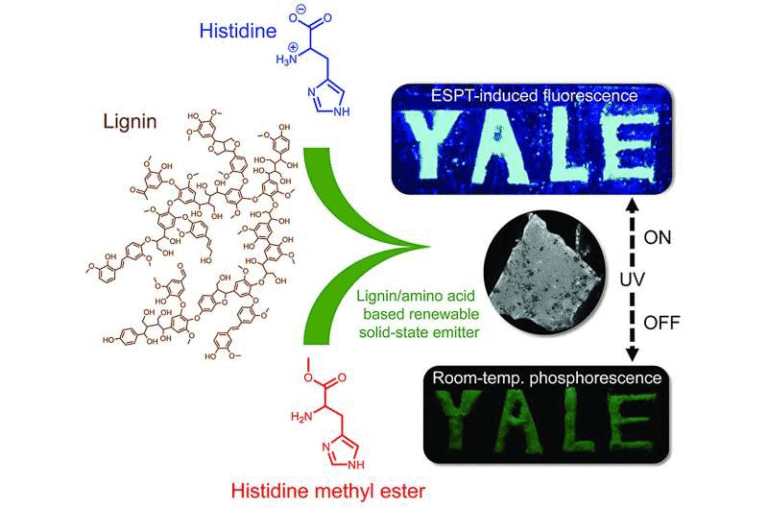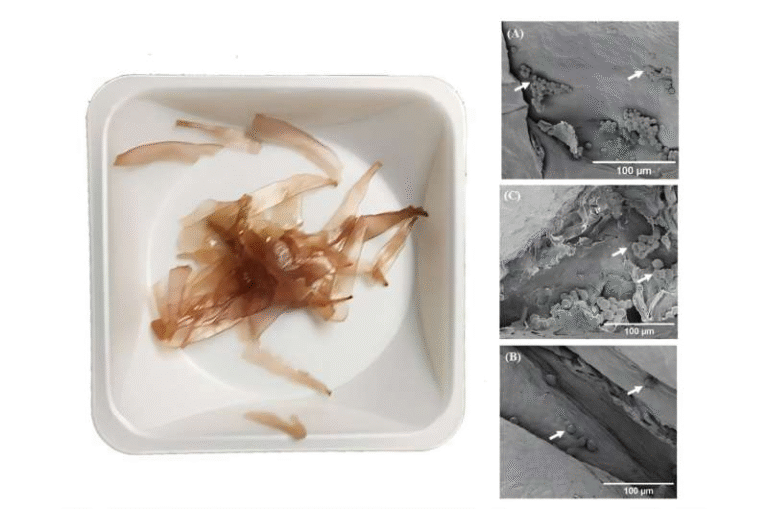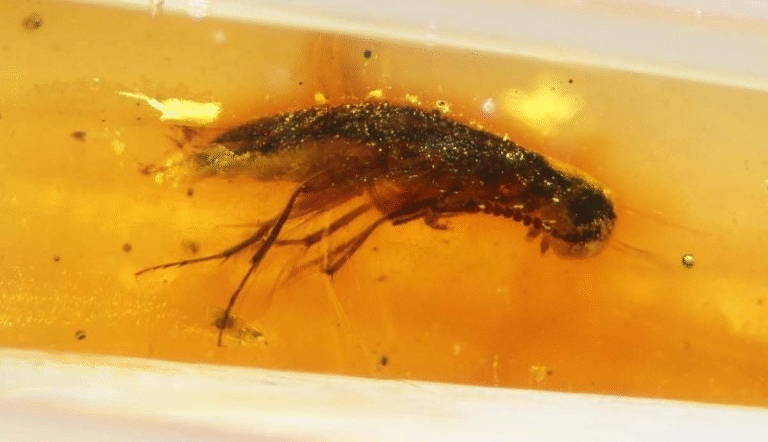Scientists Supercharge Vinegar With Nanoparticles to Kill Antibiotic-Resistant Superbugs

A team of researchers from the University of Bergen (Norway), QIMR Berghofer Medical Research Institute (Australia), and Flinders University (Australia) has found a way to make vinegar—yes, ordinary acetic acid—far more potent against deadly bacteria. By combining weak vinegar with engineered nanoparticles made of carbon and cobalt, they created a new antimicrobial treatment that can destroy even the most drug-resistant pathogens.
Their work, published in the journal ACS Nano, could open a new chapter in the fight against antimicrobial resistance (AMR), one of the most serious global health threats today. The researchers report that this vinegar-nanoparticle combination not only wipes out dangerous bacteria but does so without harming human cells or slowing wound healing in mice.
What the Researchers Did
The research group led by Dr. Adam Truskewycz and Professor Nils Halberg experimented with a mix of weak acetic acid and cobalt-doped carbon quantum dots—a type of nanoparticle only a few nanometers wide. These ultra-small particles were designed to interact with bacterial cells in ways ordinary disinfectants cannot.
On their own, acetic acid has limited antibacterial activity. It can kill certain bacteria but struggles against the more dangerous, antibiotic-resistant strains like methicillin-resistant Staphylococcus aureus (MRSA). Nanoparticles, meanwhile, have been studied for their ability to disrupt bacterial membranes, but their effects can vary depending on the environment.
By combining the two, the researchers discovered a synergistic effect—the vinegar helped the nanoparticles reach and destroy bacteria much more effectively than either agent could alone.
How the Combination Works
The vinegar provides an acidic environment that weakens bacterial defenses. Under these conditions, bacterial cells begin to swell, which makes them more permeable. This swelling allows the nanoparticles to penetrate the cells and attack them from the inside.
Once inside, the cobalt-doped carbon nanoparticles generate reactive chemical species—similar to oxidative stress—that attack the bacterial cell’s internal machinery and membranes. The nanoparticles also act directly on the bacterial surface, breaking down its protective barriers and leading to cell rupture.
Essentially, the bacteria are assaulted from both outside and within, leaving them no chance to survive.
Laboratory tests confirmed that this approach effectively killed multiple types of pathogens, including:
- Staphylococcus aureus (including MRSA)
- Escherichia coli (E. coli)
- Enterococcus faecalis
The results were striking—the treated bacteria were eliminated far more efficiently than when vinegar or nanoparticles were used separately.
Safe for Mammals, Effective in Wounds
In animal tests, the researchers applied the vinegar-nanoparticle mixture to infected wounds in mice. The infections were completely cleared, and the wounds healed at a normal rate. Most importantly, the treatment showed no signs of toxicity toward mammalian (human) cells.
That’s a major point of difference compared to many synthetic antimicrobials, which can sometimes irritate or damage healthy tissue. The vinegar-based approach was biocompatible, meaning it could potentially be used safely on human wounds in the future.
Why This Matters in the Fight Against Superbugs
Antimicrobial resistance is one of the biggest medical challenges of our time. According to global estimates, as many as 5 million deaths per year are now associated with antibiotic-resistant infections. Bacteria like MRSA, multidrug-resistant E. coli, and other pathogens have evolved to survive nearly every antibiotic available.
Hospitals worldwide are struggling with chronic wound infections, especially among people with diabetes, cancer, or immune system problems. These wounds often refuse to heal, partly because bacteria form biofilms—protective layers that shield them from antibiotics and the immune system.
Traditional antibiotics often fail to penetrate biofilms or kill the bacteria inside them. That’s where novel strategies like this vinegar-nanoparticle treatment become crucial. Instead of relying on antibiotics that target specific metabolic pathways, this method physically disrupts bacterial membranes, leaving little room for resistance to develop.
What Exactly Are Carbon Quantum Dots?
Carbon quantum dots (CQDs) are nanoparticles less than 10 nanometers in size—so small they’re only a few atoms wide. They’re made primarily of carbon but can be “doped” with metals like cobalt, nitrogen, or sulfur to give them special properties.
These nanoparticles can:
- Emit light (fluorescence), useful in imaging and diagnostics
- Act as catalysts for chemical reactions
- Disrupt microbial membranes or generate reactive oxygen species (ROS), which damage bacteria
In this study, the cobalt doping gave the CQDs extra antimicrobial power. Cobalt ions are known to interfere with bacterial enzymes and generate oxidative stress, both of which are lethal to microbes. When combined with vinegar’s acidity, the nanoparticles’ activity was dramatically boosted.
Why Vinegar?
Vinegar—essentially acetic acid diluted in water—has been used for centuries as a disinfectant and cleaning agent. Even ancient civilizations used it to cleanse wounds or preserve food. However, while it works well against some bacteria, vinegar alone can’t handle highly resistant strains or dense bacterial biofilms.
What makes this research interesting is how it revives a traditional remedy and supercharges it with modern nanotechnology. Rather than discarding old antimicrobial agents, scientists are finding ways to enhance them, potentially making them effective again in the antibiotic-resistance era.
Experimental Findings in Detail
In their experiments, researchers tested the cobalt-doped carbon quantum dots (Co-CQDs) both alone and in combination with acetic acid.
- When used alone, Co-CQDs killed bacteria to some extent, but not completely.
- When combined with weak vinegar (a dilute acetic acid solution), the killing effect was amplified several-fold.
Microscopy images showed bacterial membranes becoming distorted and ruptured after treatment. Chemical analysis confirmed increased oxidative stress inside the bacterial cells, leading to widespread damage and death.
In wound models, the researchers infected mice with MRSA, a notoriously difficult pathogen to treat. Applying the Co-CQD + acetic acid treatment cleared the infection completely within days. The wounds closed naturally, showing no inflammation or toxicity.
This indicates the treatment’s potential as a topical antimicrobial therapy, possibly in gels, sprays, or wound dressings for human use.
A Step Forward, But Not the Final Step
Although the findings are extremely promising, there’s a long way to go before human application. The researchers acknowledge that safety testing in humans is crucial, as nanoparticle behavior can differ between species.
Other challenges include:
- Scaling up production of nanoparticles to medical-grade standards
- Ensuring long-term stability of the vinegar-nanoparticle mixture
- Meeting regulatory requirements for clinical use
Still, the results give scientists new hope for alternative antimicrobial treatments that don’t depend on conventional antibiotics.
How Nanoparticles Could Help Curb Resistance
One reason antibiotic resistance spreads so quickly is that traditional antibiotics are highly specific. They target precise bacterial mechanisms—like protein synthesis or DNA replication—and bacteria can evolve mutations to block these drugs.
Nanoparticles, however, work through physical and chemical disruption, which bacteria find harder to resist. By combining them with mild acids or other simple agents, researchers can create multi-pronged attacks that bacteria can’t easily adapt to.
If such methods become clinically viable, they could be used to treat chronic infections, burn wounds, and biofilm-related diseases that currently have few effective therapies.
The Bigger Picture: Nanotechnology in Medicine
This isn’t the first time scientists have explored nanomaterials for medical use. Nanoparticles are already being studied for:
- Targeted drug delivery, where they carry medications directly to infected or cancerous cells
- Biosensing, where their fluorescence can detect pathogens or toxins
- Tissue regeneration, where they stimulate healing in damaged tissues
In antimicrobial research, various nanomaterials—like silver nanoparticles, zinc oxide, and graphene quantum dots—have been tested for their ability to disrupt bacteria. However, many of these are either toxic to human cells or difficult to control.
What sets this new study apart is its use of carbon-based nanoparticles, which are biocompatible and relatively safe. The cobalt doping provides the necessary antimicrobial punch without introducing high toxicity.
Potential Applications
If the results hold up in further studies, this technology could be developed into:
- Topical wound treatments for chronic or infected ulcers
- Hospital disinfectants for resistant bacterial strains
- Smart dressings that release nanoparticles in controlled doses
Because the ingredients—vinegar and carbon nanoparticles—are relatively inexpensive, the approach might also be cost-effective for large-scale use, including in low-resource healthcare settings.
Final Thoughts
The idea of using vinegar and nanotechnology together might sound simple, but it could represent a major scientific leap. It shows how revisiting ancient remedies with modern science can lead to innovative solutions for today’s toughest problems.
As antibiotic resistance continues to rise, treatments that rely on physical mechanisms rather than traditional biochemical pathways might become essential. While more testing is needed, this vinegar-nanoparticle combination could one day help doctors treat infections that no drug can cure.
Research Reference:
Cobalt-Doped Carbon Quantum Dots Work Synergistically with Weak Acetic Acid to Eliminate Antimicrobial-Resistant Bacterial Infections – ACS Nano (2025)





